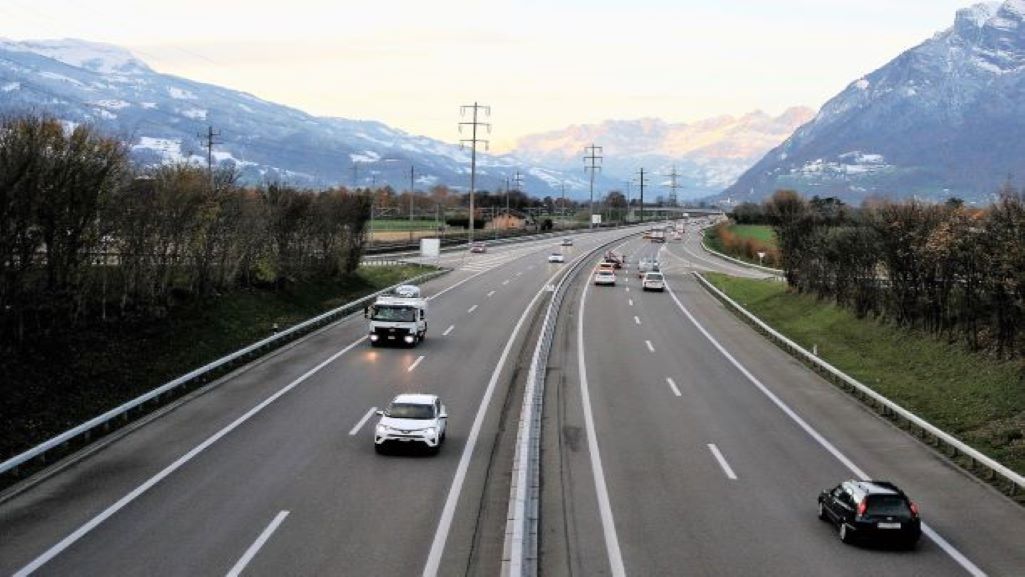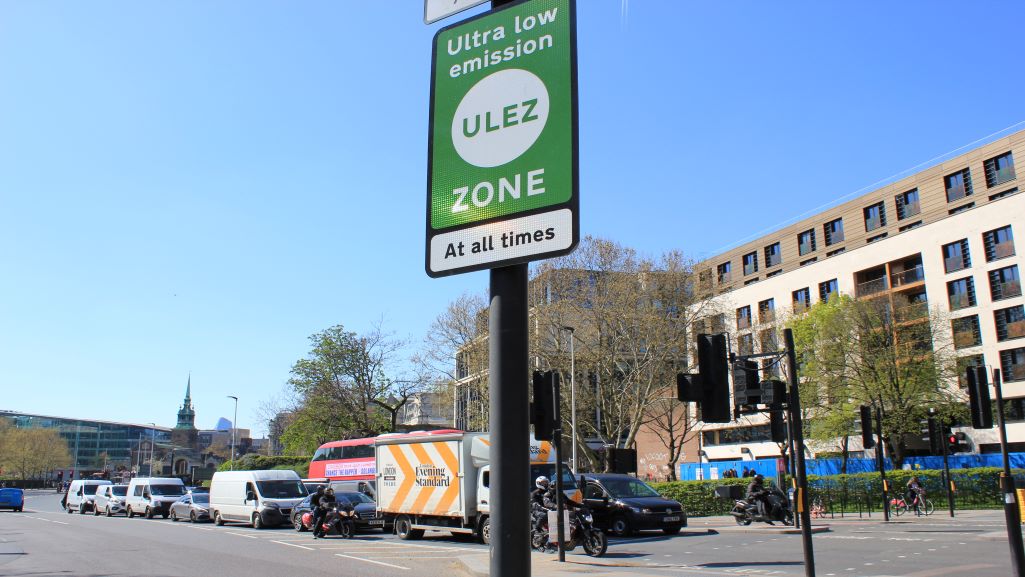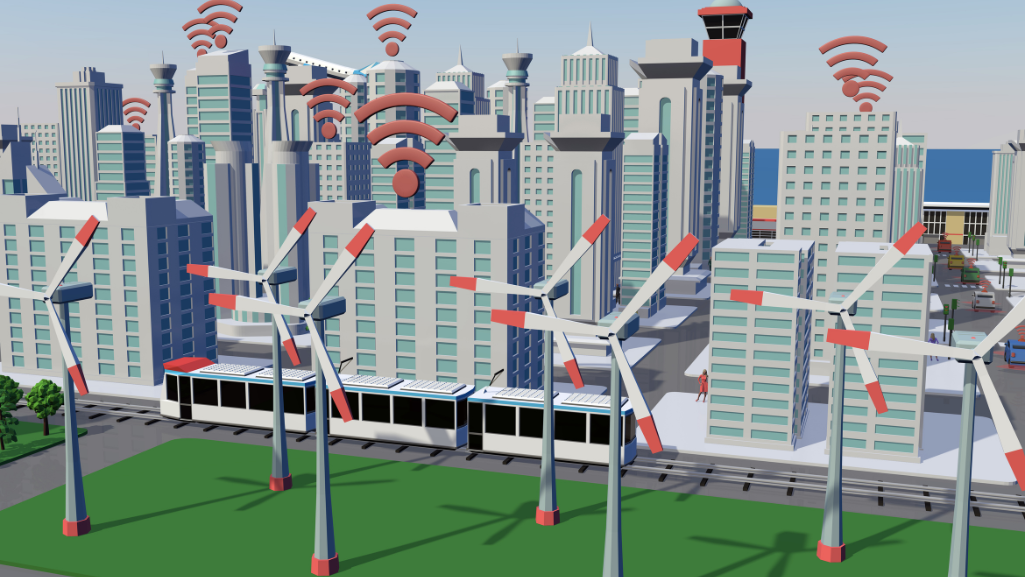The city of Ludwigsburg, in south-west Germany, is famous for its majestic ancient palaces and rich history. But for several months recently, it was the location of an experiment about the future – in particular the quality of air its residents will breath in the next few years. Ludwigsburg, like many cities around the world, faces increasing pressure to reduce air pollution, for health reasons and because of climate change. A major contributor to this pollution is vehicles with diesel engines, the main source of Nitrogen Dioxide (NO2) emissions.
In numerous German cities, the legal amounts of NO2 set by the European Union were exceeded. That led local courts to act against those municipalities, increasing pressure on authorities to implement clean-air plans with quick results.
But what actions could best reduce NO2 levels fast?
City authorities suggest action plans, but also struggle to predict if and how those will affect pollution levels. A recent study by PTV Group and Dutch research institute TNO, sponsored by Volkswagen, aims to find out exactly that.
What steps can be taken against NO2 emissions?
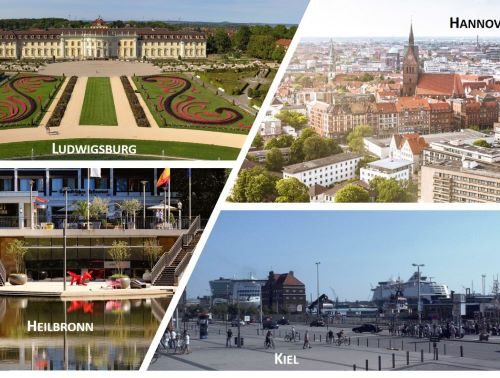
The study was conducted in four German cities, which struggle to reduce NO2 emissions from cars: Hannover and Kiel in the northern part of the country, and Heilbronn and Ludwigsburg in the south-west.
In each of these cities, authorities suggested measures to reduce NO2 emissions and improve air quality within a short time. Those measures included incentives for car owners to replace them with newer, less polluting models (fleet renewal); switch to electric vehicles; encouraging car users to shift to less polluting modes of transport, such as walking, cycling and public transport; moving car trips to different routes; encouraging car users to travel at different times; and minimizing emissions from remaining traffic flow.
The study teams developed a modelling system, covering the main factors in each city: number of vehicles on the roads; their speed levels and emissions they produce; and the propagation of pollutants in the air. The teams used traffic modelling software PTV Visum, PTV Vissim and PTV MaaS Modeller, and urban planning tool TNO Urban Strategy.
Less polluting cars are key to reducing NO2 emissions
The modelling showed that in all four cities fleet renewal leads to significant reduction of NO2 emissions.
Even without any financial incentives, car owners purchase newer and less polluting cars because of personal or business decisions. This is “natural fleet renewal”. In this scenario, NO2 levels will be reduced by 27%-28% in the four cities by 2021, compared to 2017.
This process can be accelerated when drivers are given incentives to replace their ageing cars earlier. With incentives, NO2 levels in 2021 will go down by between 30% and 36%.
Fleet renewal has a significant effect even on hotspots – areas of heavy traffic in the four cities. In these areas NO2 levels will be down by up to 23% with natural fleet renewal. The reduction is bigger if drivers get incentives to replace their cars.
These results carry important implications for decision-makers. In three of the cities, incentives for fleet renewal will result in meeting the EU’s legal threshold of NO2 levels by 2021. In one city, Hannover, this can be achieved even without incentives, through “natural fleet renewal”.
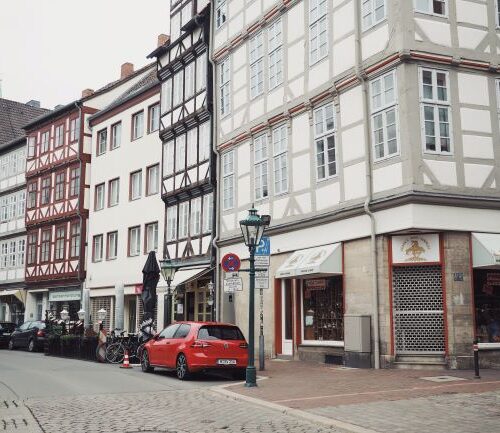
Can other steps reduce NO2?
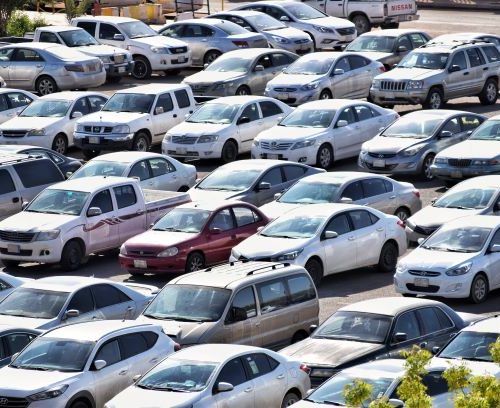
Fleet renewal proved to have the largest impact on reducing NO2 emissions in the short-term. Alongside it, the authorities in the four cities suggested other measures to quickly reduce NO2 emissions. Those included, among others, bigger variety of transport modes for commuters, more route options for drivers and better traffic engineering.
According to the modelling, these other measures will reduce NO2 emissions, but to lesser extent than fleet renewal. For example, in Heilbronn NO2 emissions will be reduced by 17% by 2021, if smoothening of traffic flow is implemented. The other measures will have much smaller impact on the reduction of NO2 emissions.
Of course, these other measures are important for making the transport sector more sustainable. But their contribution to a quick fix of the NO2 emissions problem is limited. Changing the sources of the pollution – the vehicle fleets themselves – will have the largest impact.
But simply improving engines and vehicle technologies is not enough. It does not reduce other negative impacts of motorized transport, such as the number of kilometers each vehicle travels.
Consequently, better transport planning and engineering are important to cut down vehicle kilometers. The positive outcome will be improved quality of life in cities and reclaiming the public space for the benefit non-vehicle users.
The four cities in this study are now using its results to set up strategies for quickly improving air quality.
